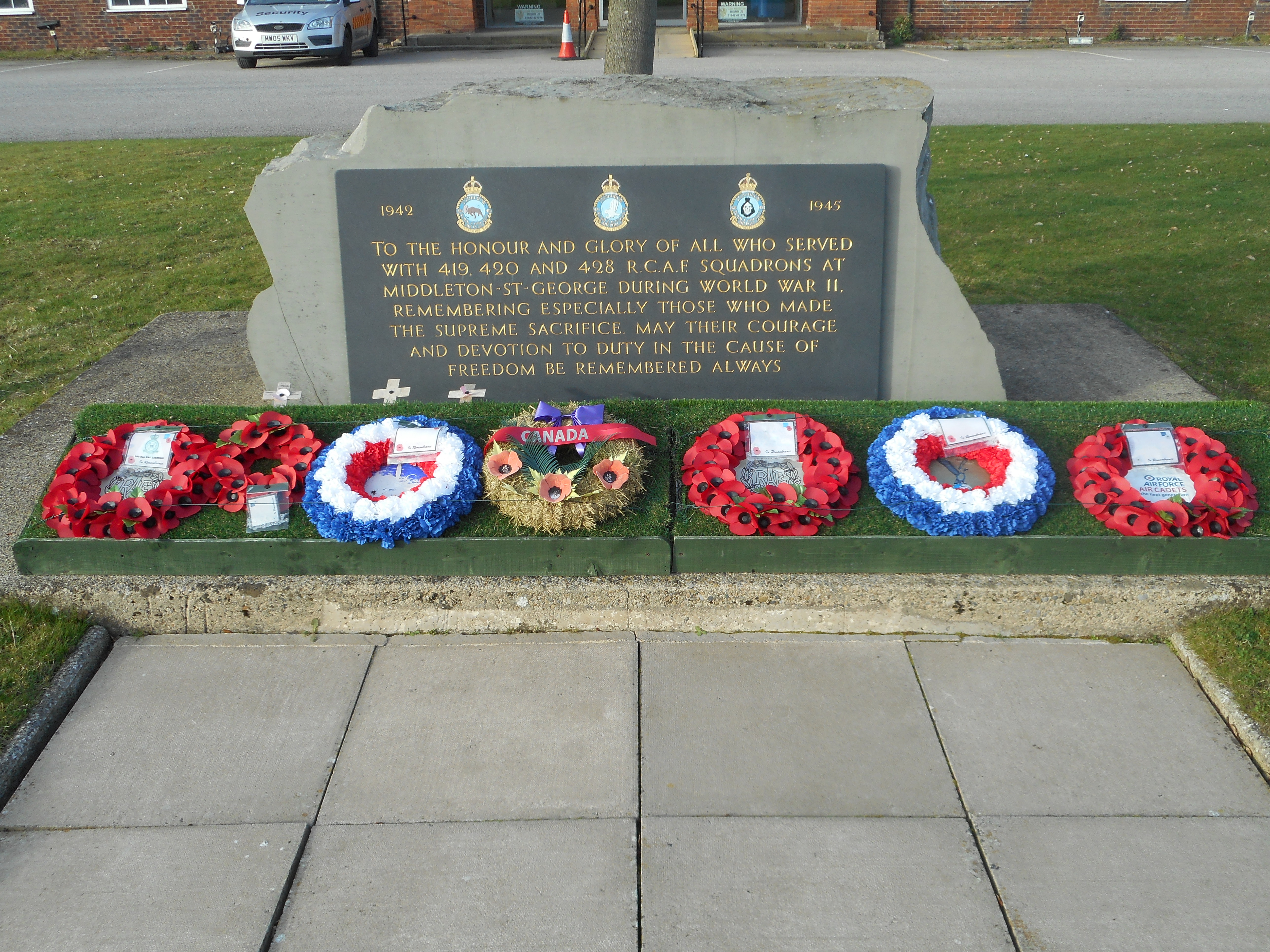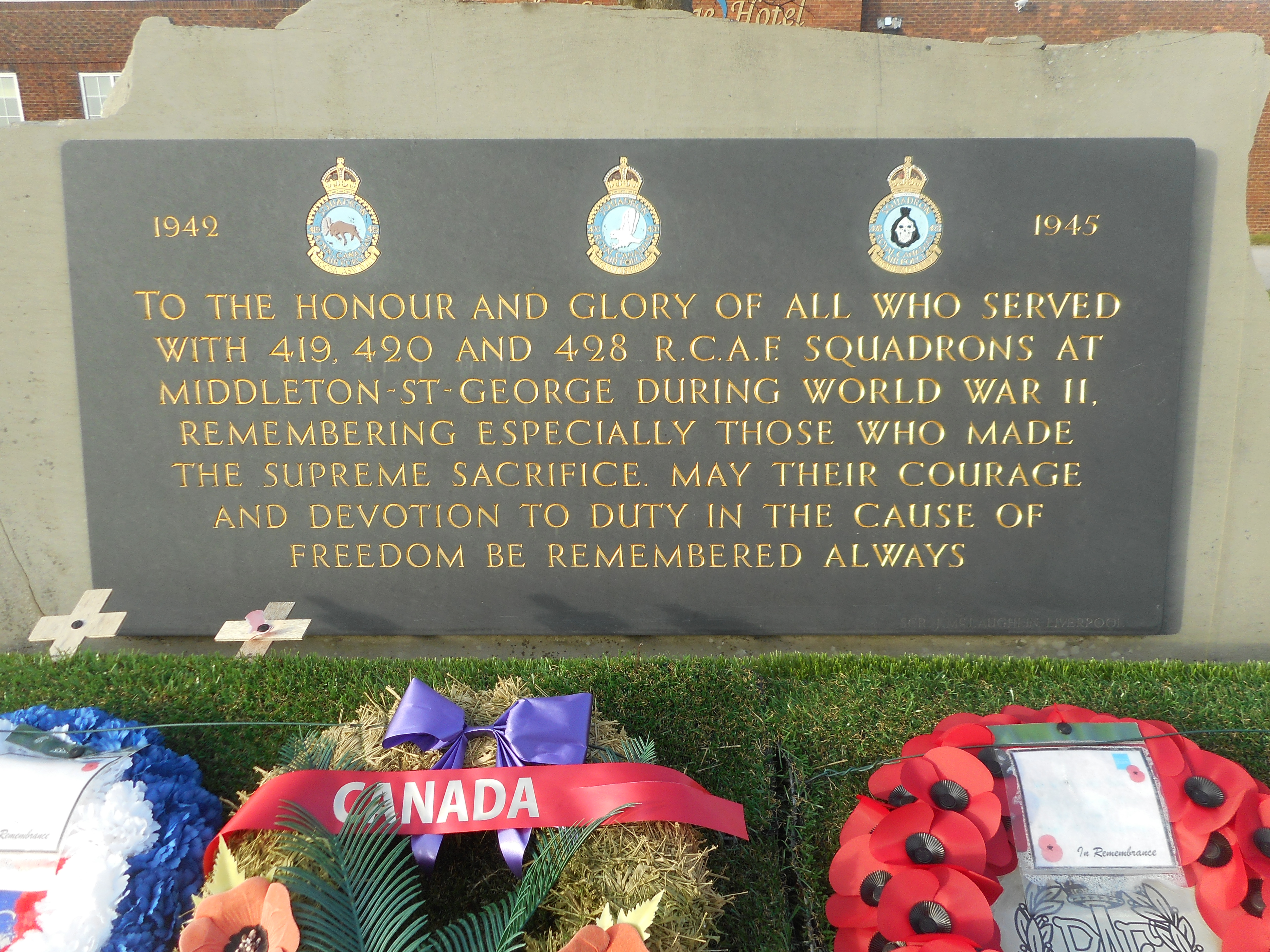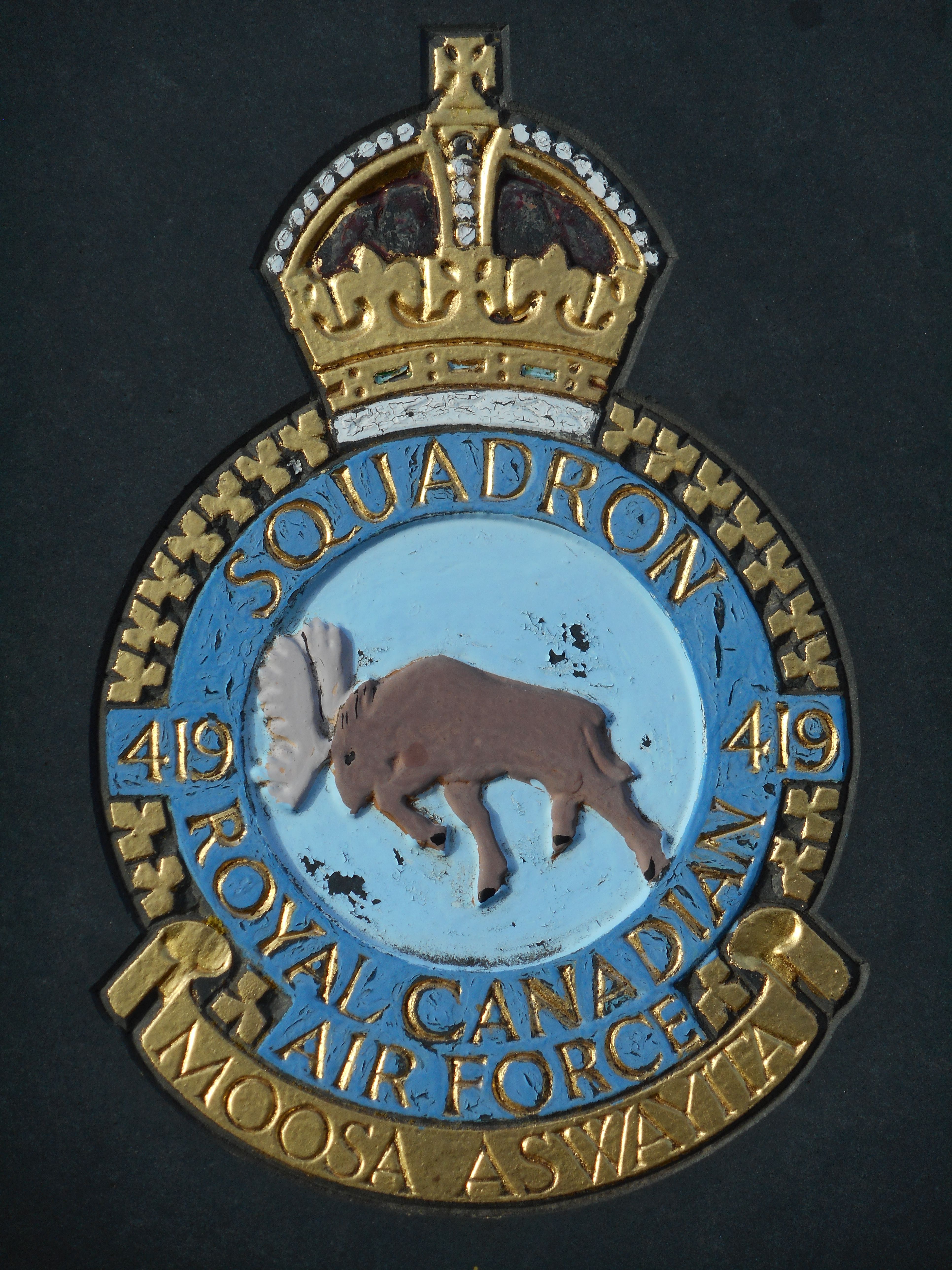Hill, Lawrence Merwin
Personal Information
| Rank | F/S |
| Forename(s) | Lawrence Merwin |
| Surname | Hill |
| Gender | M |
| Age | 20 |
| Date of Death | 26-07-1943 |
| Next of Kin | Son of Albert Ernest Hill and Ethelwyn Marion Hill (née Jones), of Kelowna, British Colombia, Canada. |
Aircraft Information
| Aircraft | Handley Page Halifax II |
| Serial Number | JD256 |
| Markings | VR-A |
Memorial Information
| Burial/Memorial Country | Germany |
| Burial/Memorial Place | Reichswald Forest War Cemetery |
| Grave Reference | 6. E. 2. |
| Epitaph |
IBCC Memorial Information
| Phase | 2 |
| Panel Number | 182 |
Enlistment Information
| Service Number | R/157756 |
| Service | Royal Canadian Air Force |
| Group | 6 |
| Squadron | 419 (Moose) |
| Squadron Motto | Moosa aswayita |
| Trade | Air Gunner |
| Country of Origin | Canada |
Other Memorials
| Location | Outside Former St. Georges Hotel, Teesside Airport, County Durham |
| Country | United Kingdom |
| Memorial Type | Inscribed Slate Memorial Tablet on Stone Memorial |
| Memorial Text | A memorial to Nos 419, 420 and 428 Sqns RCAF who flew from RAF Middleton St George during WW2 |
Miscellaneous Information
| Lawrence was born at Kelowna, British Colombia on 8 August 1922. His father was born in Ontario and worked as a Shipper and his mother was born in Manitoba. He had two sisters, Beverley and Marion. The schools he attended were Oliver Public, 1928 - 1936 followed by Ontario High, 1936-1939. His sport interests were badminton, tennis, football and baseball. Lawrence worked for Oliver Co-Op Growers, where he dealt with apple packing and storage between 1939-1941. |
| He enlisted on 18 March 1942. After training Lawrence was posted to the U.K. and he embarked from Canada on 12 December 1942, arriving at 3 PRC on 19 December 1942. He then continued to 7 AGS.17 February 1943, 23 OTU 10 March 1943, 1655 CU 13 May 1943 and 419 Squadron on 3 June 1943. Sadly Lawrence was then to lose his life on 26 July 1943. |
Commonwealth War Graves Commission
The National Archives
| Record of Events (Operational Record Book) AIR 27/1822/36 |
| Summary of Events (Operational Record Book) AIR 27/1822/35 |
Fellow Servicemen
Please note that this list gives all the losses aboard the quoted aircraft and occasionally these may have occurred on an earlier date when the aircraft was not itself lost. Please check the dates of death carefully.
Last Operation Information
| Start Date | 25-07-1943 |
| End Date | 26-07-1943 |
| Takeoff Station | Middleton St. George |
| Day/Night Raid | Night (32% moon) |
| Operation | Essen. 705 aircraft, 26 losses (3.7%). The commander of the American 8th Air Force was an observer in this raid, aboard an 83 Sqn Lancaster. Window was once again used and the raid was a success with much damage to the industrial eastern part of the city. In particular, the Krupps facility was dealt what was probably the worst blow of the war. Dr Krupp suffered a stroke the following morning from which he never recovered (he would otherwise have been charged with war crimes after the war). 51 other industrial buildings and 2852 homes were destroyed. 500 people were killed, including 22 children. |
| Reason for Loss | Crashed in the target area, possibly after colliding with another aircraft |



